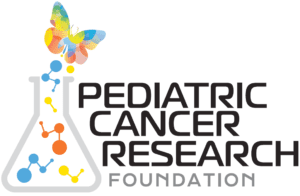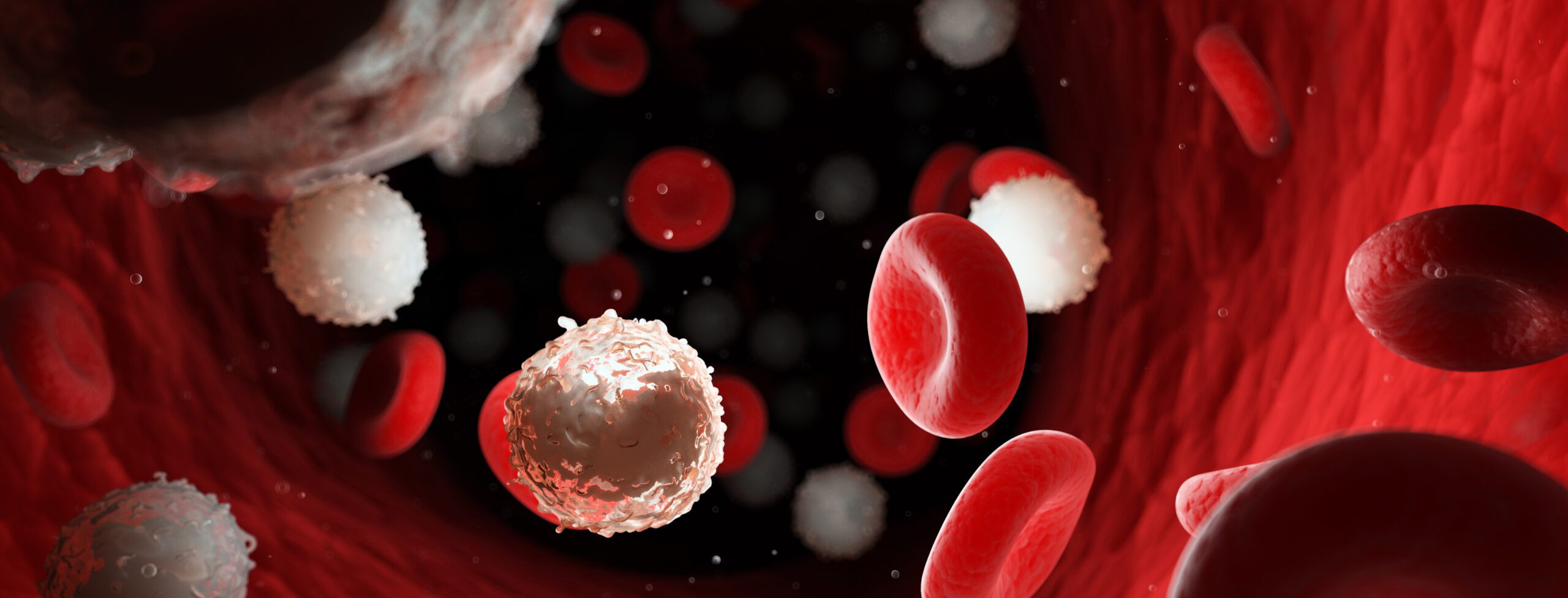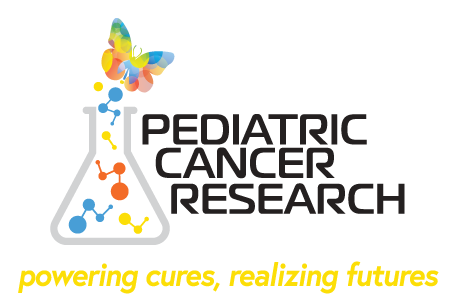As 2022 drew to a close, we asked our investigators to reflect on the biggest in-roads in pediatric cancer research and the greatest obstacles that still need to be overcome in the field. Multiple investigators responded specifically about advances in the care for children with hematologic malignancies (blood cancers). Even though 90 percent of pediatric leukemia cases are cured, pioneering research is still increasing our knowledge and offering roadmaps for novel treatment methods. The most common type of cancer in children, leukemia has many forms and multiple therapy options depending on the specific biology of the disease being treated. This article addresses an advance that is making diagnosis and treatment even more precise, and the challenges that currently impede its widespread adoption.

1. Advancing our understanding of pediatric leukemia
Over the past few years, multiple novel subtypes of pediatric leukemia have been identified. Grouping patients into different risk levels and treating them accordingly has been proven to improve overall survival and reduce treatment side effects. To embrace advanced precision diagnosis, several cancer centers are implementing genomics-based leukemia diagnosis and classification systems. Researchers and clinicians expect that genomics-based platforms will largely replace current clinical diagnosis platforms in the next 5-10 years, due to the decreased cost of high-throughput sequencing and lower requirement for tested specimens. Single-cell analysis technologies will enhance the detecting sensitivity and accuracy of these platforms.
For example, over the past few years, Dr. Zhaohui Gu, PhD, Assistant Professor, Department of Computational and Quantitative Medicine Research at City of Hope led a significant classification effort for leukemia, resulting in the identification of over ten novel molecular subtypes. These subtypes and classification systems have been widely accepted and applied by researchers globally, leading to multiple highly translational research projects. As the group devised the novel B-ALL classification system, they are also developing a user-friendly bioinformatics tool to make the analysis and classification of high-throughput sequencing data more accessible to researchers and clinicians.

2. Access to novel methods dictates outcomes in pediatric leukemia
Despite the advancements in leukemia subtyping and classification by the research community, the application of these methods in routine clinical testing is still not widely available. This is due to two main factors: the difficulty and complexity of high-throughput sequencing for clinicians without extensive training or experience in the field, as well as the need for a skilled bioinformatics team. Additionally, the long-standing use of conventional clinical platforms has made it challenging to convince clinicians and leadership to switch to and invest in newer methods. This challenge speaks to the need for investment in the clinical and research community in order to continually push the science forward, and make its results accessible to all patients.
Given that the pediatric hematologic malignancies are the most common type of cancer in children, there is no better time than now to translate these remarkable advancements to the clinic. With the support of the work of clinician-scientists in this field, like Dr. Gu, real advances in clinical outcomes can become a reality for these children.
Amanda Saratsis, MD
Board Member, Scientific Affairs
Jeri Wilson
Executive Director, CSPG





